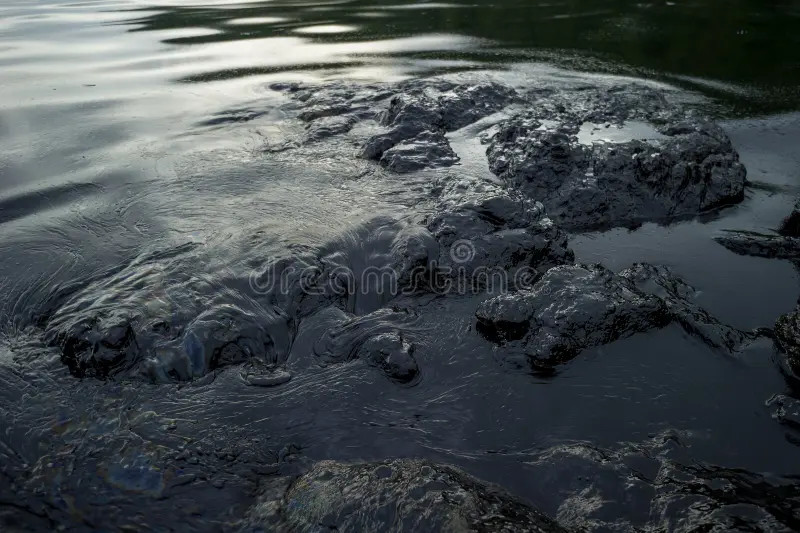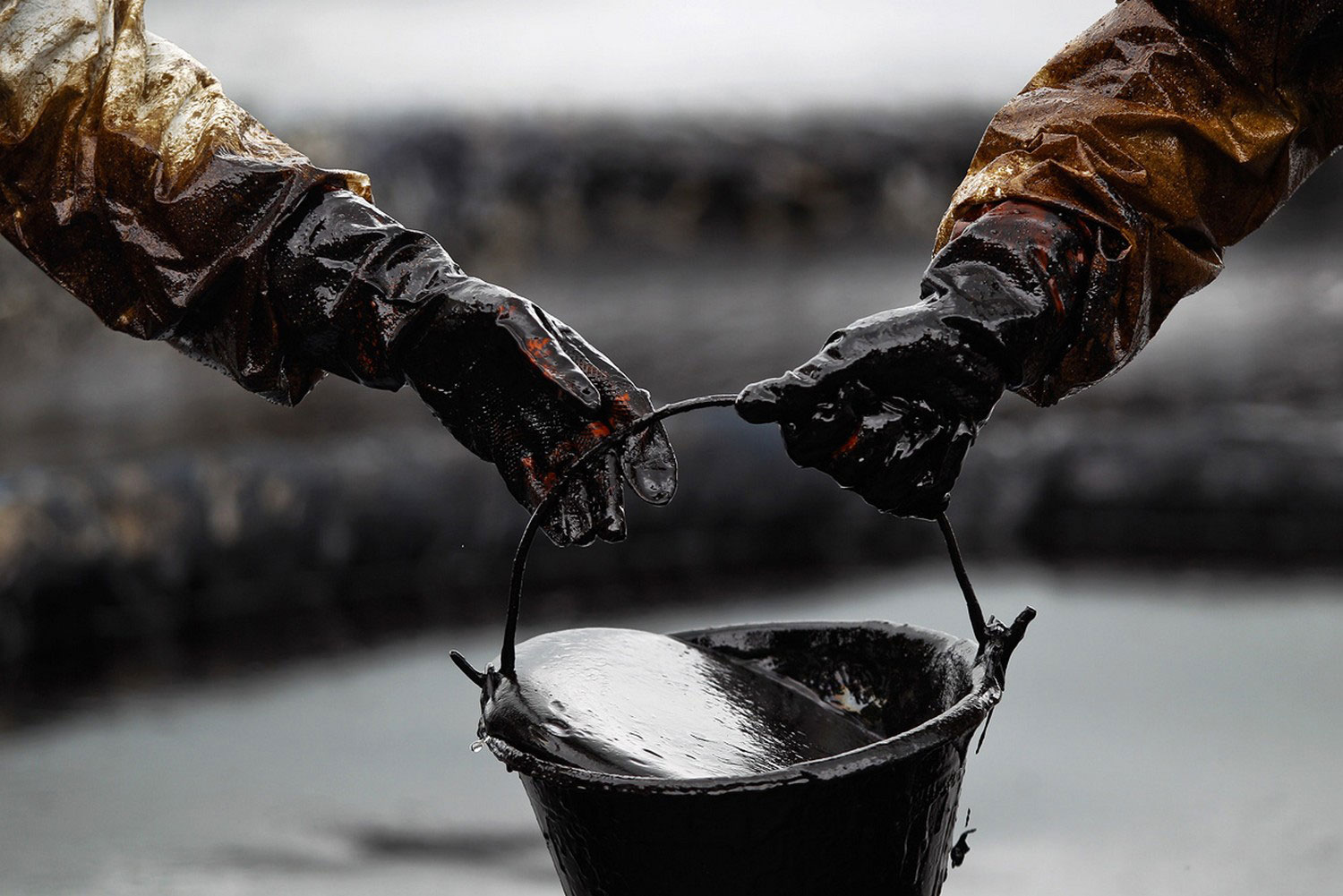Oil Sludge Treatment Throught Pyrolysis
Oil sludge, a byproduct of the oil industry, poses significant environmental challenges. The treatment of oil sludge is a critical aspect of responsible waste management, and one effective method is through pyrolysis. This post will explore in detail the process of oil sludge treatment using oil sludge pyrolysis plant, its advantages, challenges, and the environmental impact of implementing this technology.

Understanding Oil Sludge
Oil sludge is a mixture of oil, water, and solid contaminants that arise during various stages of oil extraction, refining, and transportation. It contains hydrocarbons, heavy metals, and other pollutants, making its disposal a complex and environmentally sensitive issue. Traditional methods of disposal, such as landfills and incineration, pose risks to soil, water, and air quality.
The Need for Effective Treatment
Given the environmental implications of improper oil sludge disposal, there is a pressing need for efficient treatment methods. Pyrolysis, a thermal decomposition process in the absence of oxygen, emerges as a promising solution for transforming oil sludge into valuable products.
Pyrolysis: An Overview
Pyrolysis involves heating organic materials in an oxygen-free environment to break them down into simpler compounds. In the context of oil sludge treatment, the process aims to thermally decompose the complex mixture into oil, gas, and char. The key steps in the pyrolysis of oil sludge include:
Preparation and Feeding: Oil sludge is first collected and prepared for the pyrolysis process. This involves removing any large debris or contaminants. The prepared sludge is then fed into the pyrolysis reactor.
Heating: The sludge undergoes heating in the absence of oxygen. The temperature is carefully controlled to initiate the pyrolysis reactions. As the temperature increases, the organic compounds in the sludge break down into different components.
Vaporization: The high temperature causes the vaporization of volatile components present in the sludge. This leads to the formation of gases, including hydrocarbons.
Condensation: The vapors produced during pyrolysis are condensed into liquid products. These liquid products typically include oil or pyrolysis oil, which can be further refined for various purposes.
Residue Formation: The solid residue left behind after pyrolysis is known as char or biochar. This residue contains carbon and ash and can be utilized for applications such as soil improvement.
Gas Collection: The gases produced during pyrolysis, such as methane and carbon monoxide, can be collected and utilized as a source of energy or for other industrial processes.
Advantages of Pyrolysis in Oil Sludge Treatment
Resource Recovery: Pyrolysis allows for the recovery of valuable resources from oil sludge, including oil that can be further processed and utilized as a fuel or feedstock.
Reduced Environmental Impact: Compared to traditional disposal methods, pyrolysis minimizes the environmental impact by converting the sludge into useful products and reducing the volume of waste.
Energy Generation: The gases produced during pyrolysis can be harnessed for energy generation, contributing to a more sustainable and circular approach to waste management.
Char for Soil Improvement: The char or biochar obtained as a byproduct can be used to enhance soil fertility and structure, providing an additional avenue for sustainable utilization.
Compliance with Environmental Regulations: Utilizing pyrolysis for oil sludge treatment helps industries comply with stringent environmental regulations by adopting a cleaner and more responsible waste management approach.

Challenges and Considerations
While pyrolysis offers significant advantages, there are challenges and considerations associated with its implementation in oil sludge treatment:
Process Optimization: Achieving optimal conditions for pyrolysis requires careful control of temperature, residence time, and other parameters. Process optimization is crucial for maximizing resource recovery.
Economic Viability: The economic viability of pyrolysis depends on factors such as initial investment costs, operating expenses, and the market value of the recovered products. Technological advancements and scale-up can contribute to cost-effectiveness.
Residue Management: Proper disposal or utilization of the solid residue (char) requires consideration. Developing applications for biochar, such as in agriculture, can enhance the overall sustainability of the process.
Technology Integration: Integrating pyrolysis into existing oil sludge treatment facilities may pose challenges. Adapting and integrating the technology into current processes is essential for seamless implementation.
Environmental Impact
Implementing pyrolysis for oil sludge treatment has positive environmental implications:
Reduced Greenhouse Gas Emissions: Pyrolysis reduces the release of greenhouse gases compared to traditional incineration methods, contributing to climate change mitigation.
Resource Conservation: Recovering oil and other valuable resources from oil sludge reduces the reliance on virgin materials, promoting resource conservation.
Soil Health Improvement: The application of biochar to soils enhances fertility and structure, promoting sustainable agriculture and reducing the need for chemical fertilizers.
Air and Water Quality Improvement: By minimizing the release of pollutants into the air and water, pyrolysis contributes to improved air and water quality in surrounding areas.
Future Perspectives and Innovations
Continued research and innovation in pyrolysis technology for oil sludge treatment hold great potential. Some areas of focus include:
Advanced Reactor Designs: Innovations in reactor designs can enhance efficiency, scalability, and the overall performance of pyrolysis systems.
Catalytic Pyrolysis: The use of catalysts in pyrolysis processes can improve reaction rates and product yields, offering a more efficient and controlled treatment approach.
Integration with Other Technologies: Combining pyrolysis with complementary technologies, such as wastewater treatment or energy generation systems, can create integrated solutions for oil sludge management.
Economic Incentives: Governments and industries can explore economic incentives and policies to encourage the adoption of pyrolysis for oil sludge treatment, fostering sustainable practices.
Conclusion
The treatment of oil sludge through pyrolysis represents a significant step towards sustainable waste management in the oil and gas industry. By converting a challenging waste stream into valuable resources, pyrolysis offers environmental, economic, and social benefits. As technology continues to evolve and regulatory frameworks support cleaner practices, the widespread adoption of pyrolysis for oil sludge treatment holds promise for a more sustainable and responsible future in the realm of industrial waste management.